The Role of an Animal-Like Cryptochrome in a Green Alga
 Light is an essential environmental factor for photosynthetic organisms, serving as a source of energy and signal information. To precisely perceive and respond to different wavelengths of the light spectrum, eukaryotic photosynthetic microorganisms and higher plants have developed different classes of light-sensitive receptors, including phototropisns (PHOT), phytochromes and blue-light-absorbing cryptochromes (CRYs). Four CRYs are encoded in the green alga Chlamydomonas reinhardtii, including an animal-like CRY (aCRY) that also absorbs red light. Light conditions influence the sexual life cycle of Chlamydomonas. Illumination, for example, provokes the transition from pregametes to gametes, which achieve full mating ability. The conversion from pregametes to gametes is mainly influenced by blue light, but to some extent also by red light, indicating the participation of blue and/or red light photoreceptors. These considerations led Zou et al. () to investigate whether aCRY is involved in the regulation of the sexual life cycle of C. reinhardtii. They show that aCRY plays an important role in the sexual life cycle of C. reinhardtii. aCRY acts in combination with the C. reinhardtii plant cryptochrome (pCRY) as a negative regulator for mating ability, opposite to the function of phototropin. In contrast, aCRY controls the vegetative germination of the alga in a positive manner, similar to the regulation of this process by PHOT and pCRY.
Light is an essential environmental factor for photosynthetic organisms, serving as a source of energy and signal information. To precisely perceive and respond to different wavelengths of the light spectrum, eukaryotic photosynthetic microorganisms and higher plants have developed different classes of light-sensitive receptors, including phototropisns (PHOT), phytochromes and blue-light-absorbing cryptochromes (CRYs). Four CRYs are encoded in the green alga Chlamydomonas reinhardtii, including an animal-like CRY (aCRY) that also absorbs red light. Light conditions influence the sexual life cycle of Chlamydomonas. Illumination, for example, provokes the transition from pregametes to gametes, which achieve full mating ability. The conversion from pregametes to gametes is mainly influenced by blue light, but to some extent also by red light, indicating the participation of blue and/or red light photoreceptors. These considerations led Zou et al. () to investigate whether aCRY is involved in the regulation of the sexual life cycle of C. reinhardtii. They show that aCRY plays an important role in the sexual life cycle of C. reinhardtii. aCRY acts in combination with the C. reinhardtii plant cryptochrome (pCRY) as a negative regulator for mating ability, opposite to the function of phototropin. In contrast, aCRY controls the vegetative germination of the alga in a positive manner, similar to the regulation of this process by PHOT and pCRY.


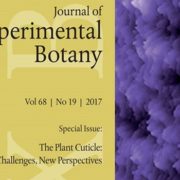

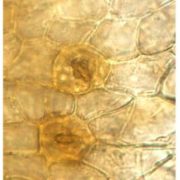
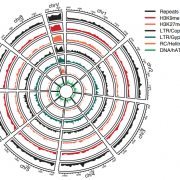
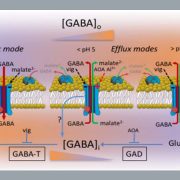
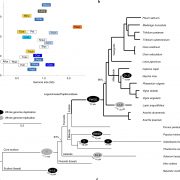


Leave a Reply
Want to join the discussion?Feel free to contribute!